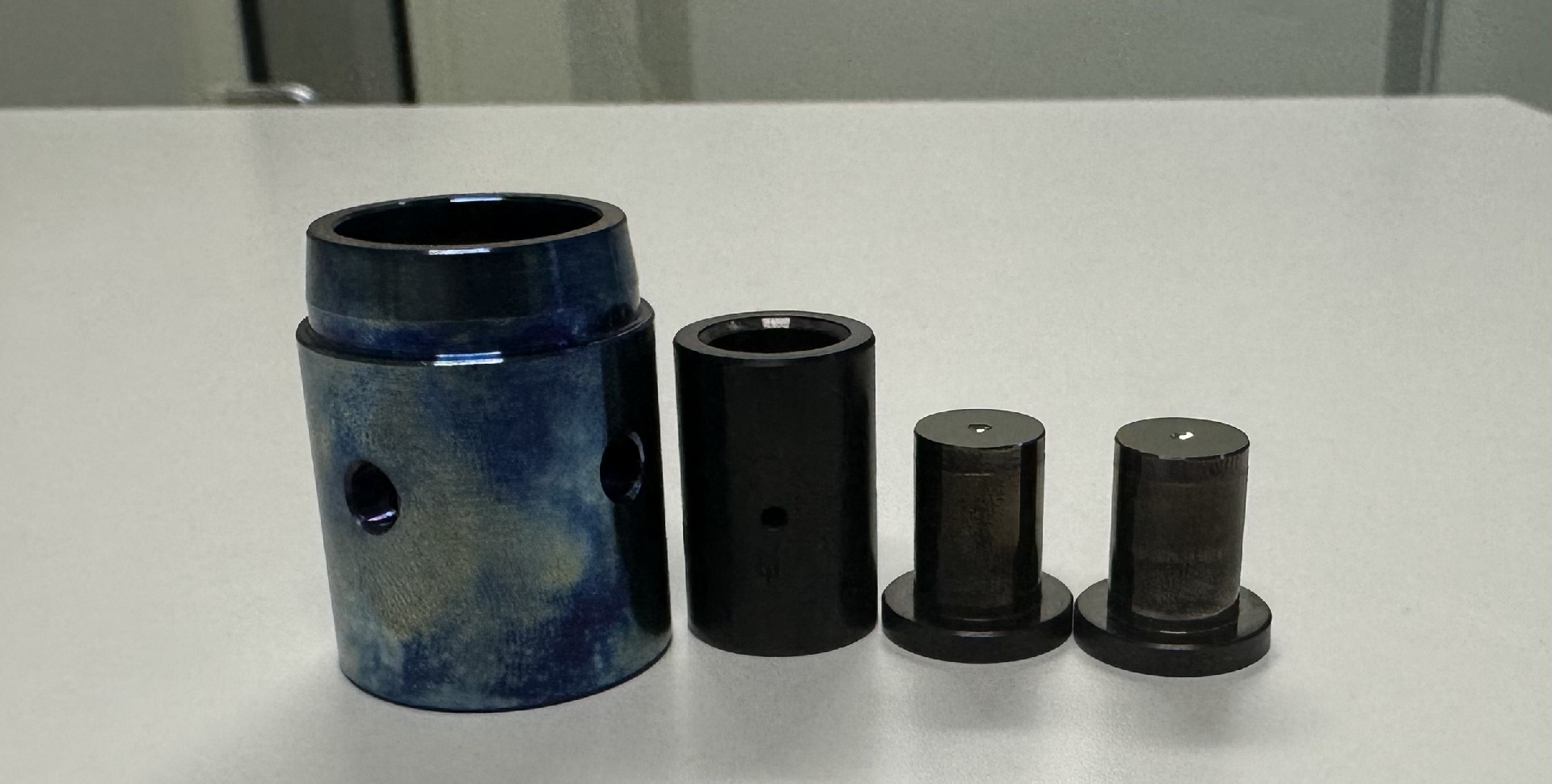

Why Choose Glass Molded Aspheric Lens Technology?
Dec,12,2023Why Choose Glass Molded Aspheric Lens Technology?
Glass lens is one of the most basic optical elements in optical systems. Common ones include spherical, aspheric, free-form, microstructure, diffractive structure lenses, etc., which are widely used in optical imaging, lighting systems, optical communications and other application fields. Glass is widely used in many civilian products represented by digital cameras, vehicle radars, medical endoscopes, projectors, etc., and in many industrial equipment represented by photolithography machines, remote sensing satellites, laser communications, optoelectronic instruments, etc. lens.
Traditional manufacturing processes such as milling, grinding and polishing are already very mature and have significant advantages for mass manufacturing of high-precision glass spherical lenses. However, due to the aberration problem of spherical single lens, a spherical lens group is generally needed to correct the aberration, which makes the optical system bulky and is not conducive to the integration and lightweight of optical products [6]. In contrast, aspherical single lenses have great advantages in aberration correction and are very beneficial to simplifying the optical system [7, 8]. However, because their surfaces are high-order curves, they are difficult to achieve using traditional processes such as ultra-precision grinding and polishing. Mass production, so before the popularization of precision molding technology, glass aspheric lenses were relatively expensive.
Precision Glass Molding (PGM) is a net shape processing technology based on the principle of hot press forming. That is, the glass preform is deformed under high temperature and pressure conditions to replicate the surface shape of the mold, thereby achieving the manufacturing of complex curved lenses. . The emergence of molding technology has revolutionized the manufacturing technology of glass aspheric lenses, realizing the transition from cold processing to hot processing. At present, this technology has become the mainstream technology for manufacturing glass aspheric lenses, and has gradually been extended to the manufacturing of free-form surface, microstructure and diffractive structure lenses. Glass precision molding technology has many advantages, such as low cost, low pollution, and high efficiency.

Fig1:Glass Molded Process

FIG2:Glass Molded machine

FIG3:WC material Mould for glass molding process

FIG4:WC material Mould for glass molding process
-------------------------------------------------------------------------------------------------------------
About Hennan Auxcelar Technologies Co.,Ltd
Auxcelar is a company that focuses on the production of advanced optical and semiconductor components. Our team consists of several PhDs who study optical components and semiconductor component processing. We have extensive experience in glass molding technology,glass polishing technology, through-silicon via and through-glass via technology, optical coating technology, optical fiber device technology, lithography technology,Nanoimprint technology, free-form surface, metasurface and diffractive optical design.
Our business involved in Lidar,consumer electronics,Biomedical,3D Sensing, AR,VR,fiber communication,Laser Projection and Display,high power laser and so on. We provide advanced optical and semicondutor components for clients to make their design become real products.
Email:omedaoptics@gmail.com
Tel/Whatsapp:+86 151 1838 3837